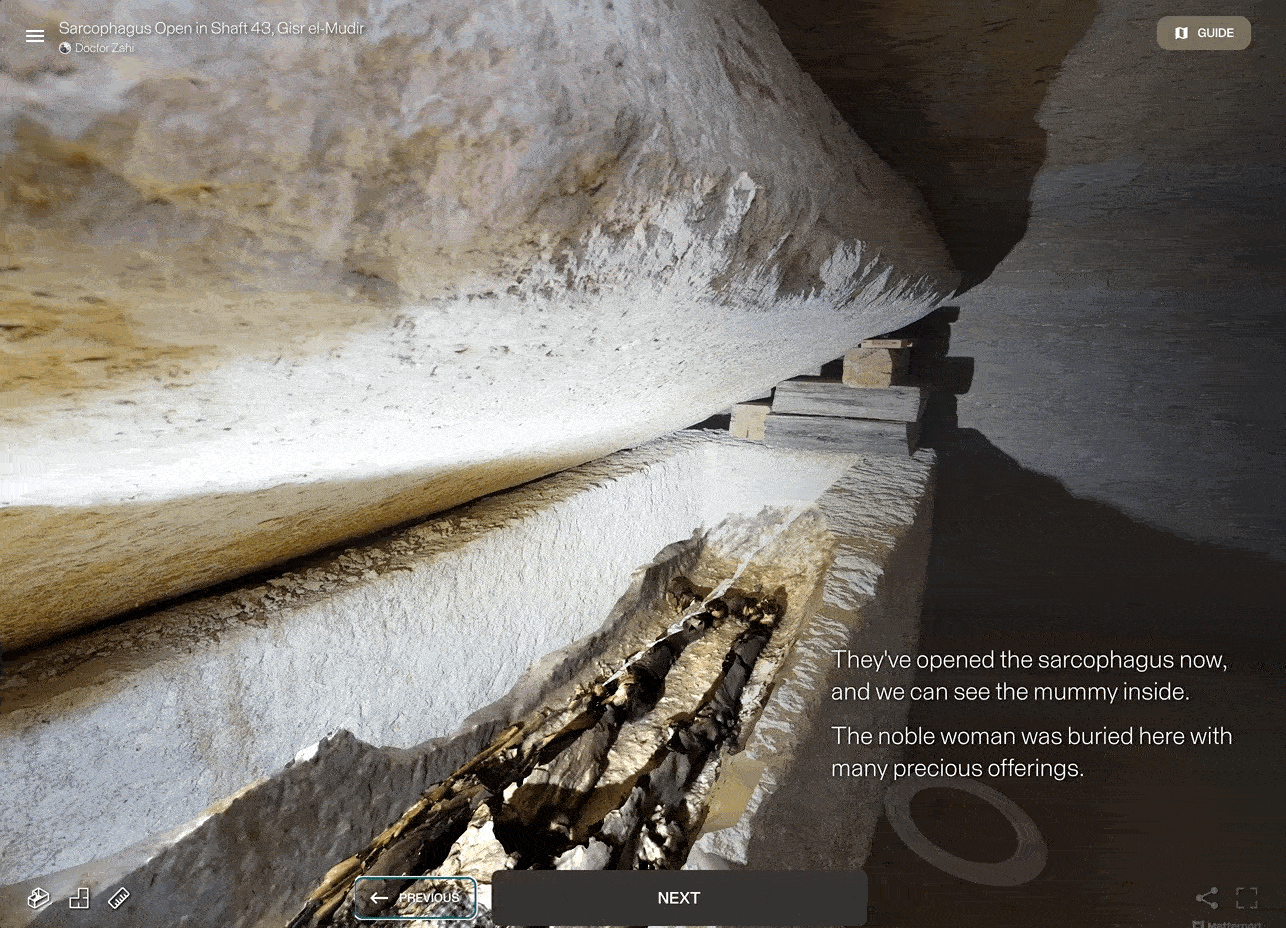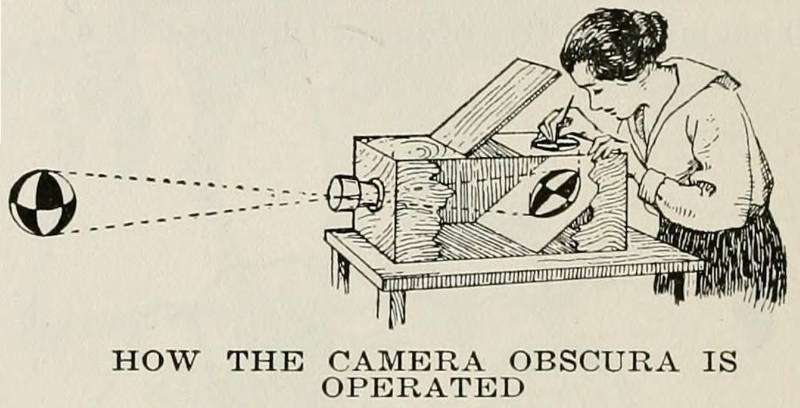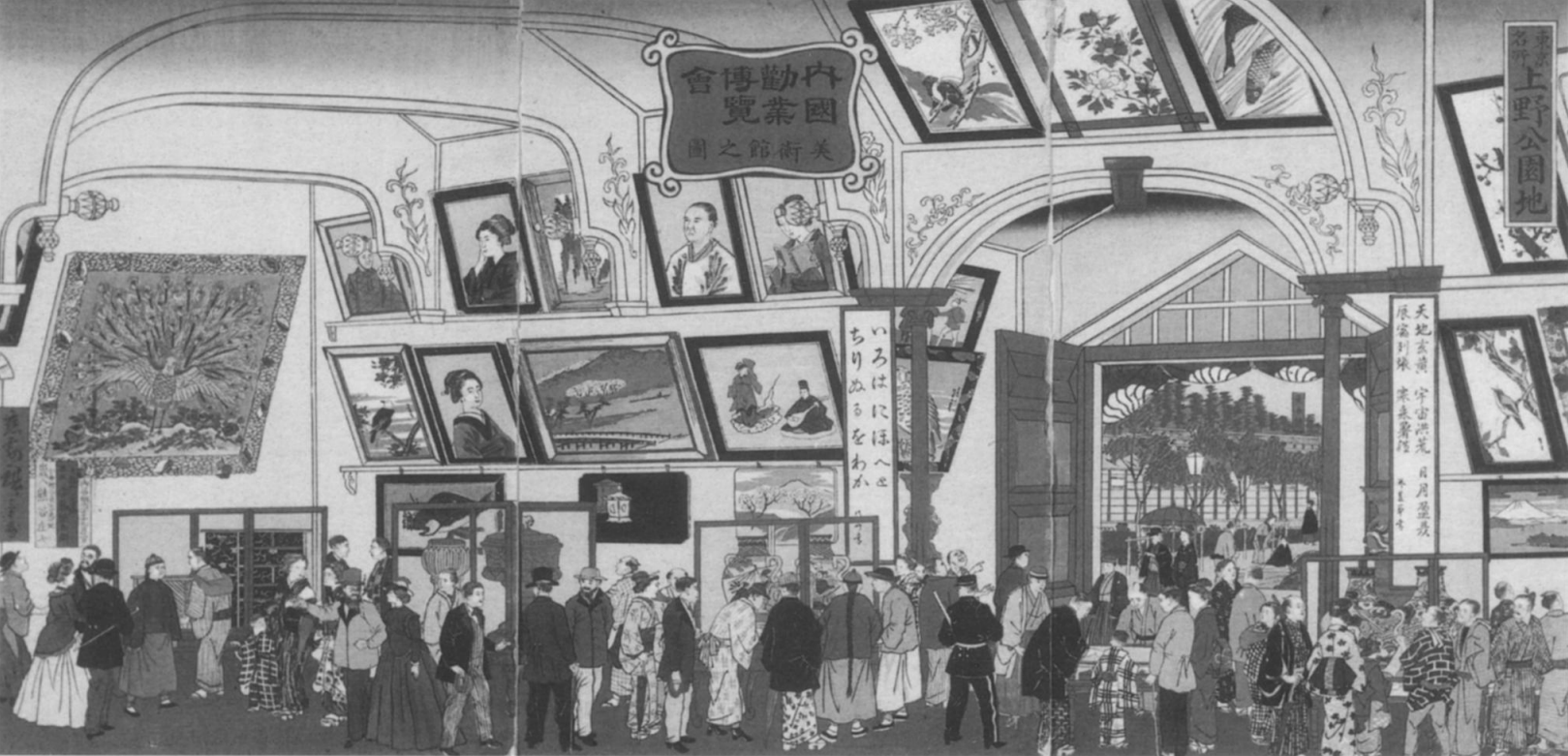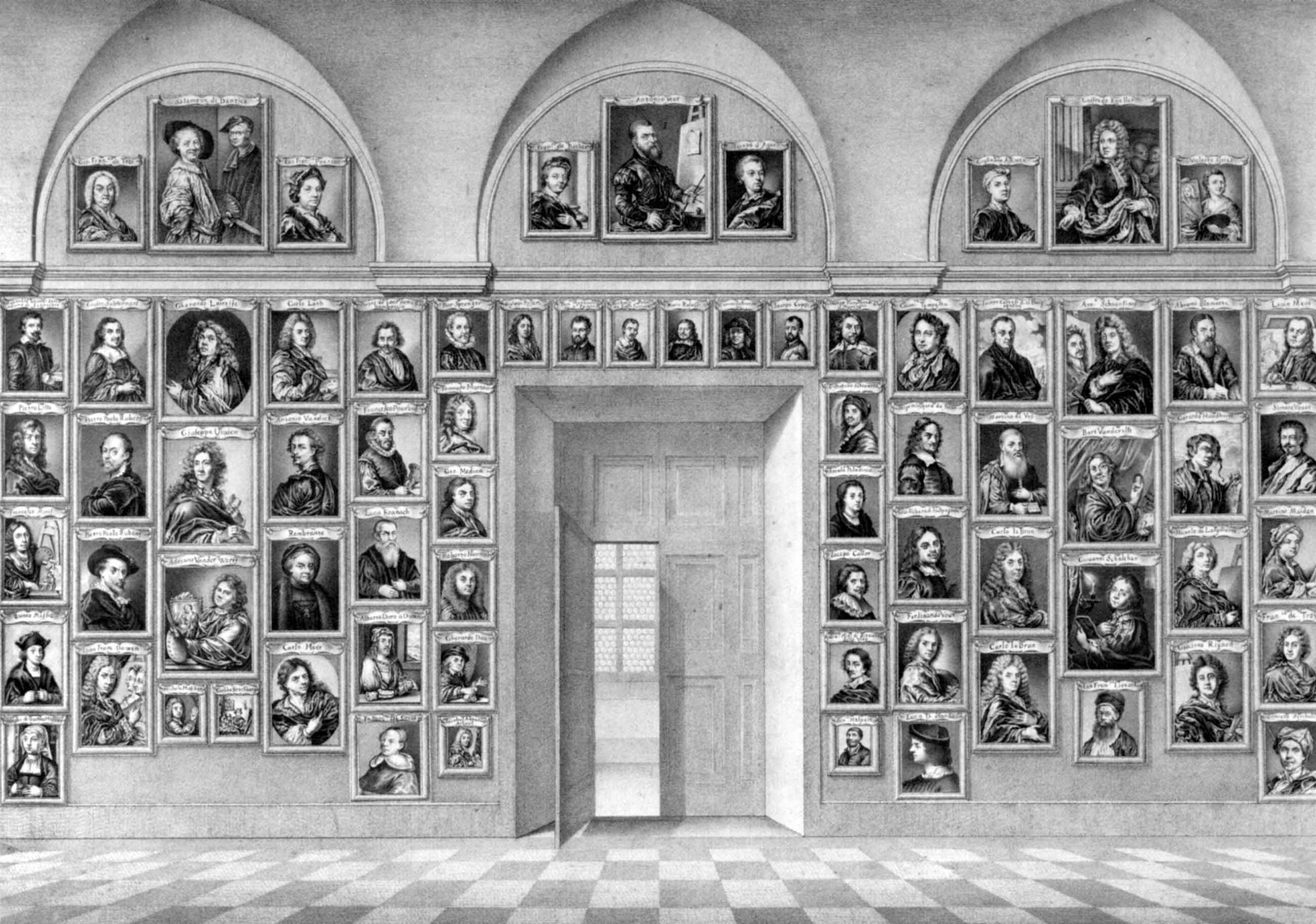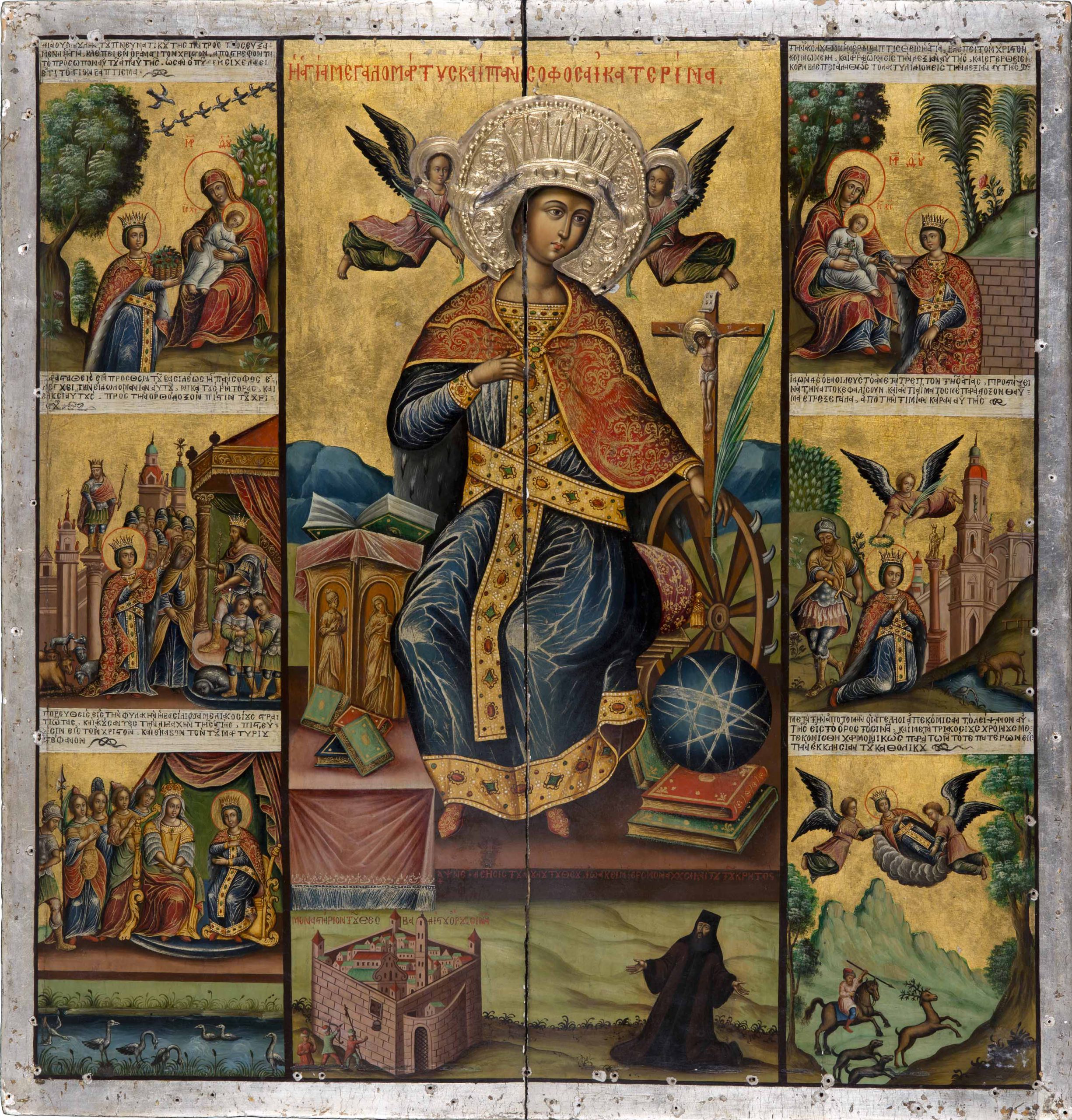Bringing the Art of Intimidation exhibition to life at the Harvard Museum of the Ancient Near East
In ancient Nineveh, 2,600 years ago, you arrive from a long journey to the palace of Assyrian Ruler Ashurbanipal to visit and trade with their sprawling empire. The sunlight slashes through the entry chamber where you’re greeted by the Palace Overseer as you wait for the King and admire elaborate scenes painted on the walls.
To your left, scenes of hunters chasing lions glow fiercely in the sun, while on your right a citadel is conquered with siege machines, and the enemies of the empire are driven out from the lands. The whole chamber serves as an impressive display before you negotiate with the ruler.
We’re excited to share today that we’ve partnered with Harvard University’s Museum of the Ancient Near East and Chief Curator Adam Aja to bring these scenes on the ancient stele to new life, both in the museum in augmented reality and wherever you are with the virtual tour.
Visit this unique, first-of-its-kind dual experience in the gallery and at home:
** Content warning for cartoon and historical depictions of violence, including toward animals, as the ancient stele depict and scholars reconstructed **
Finally, we’re very excited to launch mused.com as our default website domain! Our previous website was mused.org, and now to provide wider access, we’re at mused.com, and traffic from mused.org will redirect to mused.com. You can update your bookmarks of any tours or stories. Your Saved tours, stories, and artifacts in your user account are available as before.
This is an exciting year–with new technologies and multi-year projects launching publicly, and you directly influence what we build by emailing us with feedback. We’d love to hear from you if we haven’t yet–please contact us directly at [email protected].
For example, the “Explore in VR” button that debuted on our homepage last month was added from your emails and feedback. Your enchantment and fascination with the ancient world is our single purpose with all our efforts.
Virtual Reality 2,600 Years in the Making
The palace at Nineveh was one of the largest and most magnificent in the ancient world, covering an area of about 80 hectares. The magnificent reliefs and sculptures that adorned its walls served a very similar purpose as virtual reality today! They were designed to enchant and overwhelm viewers with the sublime–a world of grandeur, power, and divine authority. These intricately carved and painted stone panels were not merely decorative, they were a sophisticated means of communication, propaganda, and storytelling.
The Assyrian rulers who commissioned these reliefs sought to inspire awe and mystify all who entered their palaces. The reliefs, which often depicted the rulers’ military triumphs, hunting prowess, and religious ceremonies, were designed to overwhelm the senses and convey a clear message of the rulers’ might and divine right to power.
The reliefs functioned as a “virtual reality” technology that transported viewers to the battlefields, hunting grounds, and sacred spaces of the Assyrian world. The intricate details, vivid imagery, and larger-than-life scale of the panels created a sense of presence and participation in the scenes depicted. As visitors moved through the palace halls, they were surrounded by images and stories that reinforced the power and legitimacy of the Assyrian rulers.
Today we continue that tradition with digital imaging and virtual tours–and creating augmented reality experiences, following the original vision of the craftspeople that carved and painted the stele in ancient times. We want to continue their work in telling these stories and remembering them, their history and artistry, for the next generations.
Ashurbanipal’s Palace: the Apex of Ancient Assyria
The palace at Nineveh was built during the reign of Ashurbanipal, who ruled the Assyrian Empire from 668 BCE to 627 BCE. Ashurbanipal was one of the last great kings of Assyria and is known for his military conquests, his patronage of the arts and sciences, and his creation of the world’s first systematically organized library.
During Ashurbanipal’s reign, the Assyrian Empire was at the height of its power, with a vast territory that stretched from the Persian Gulf to the Mediterranean Sea. The empire was constantly engaged in military campaigns to maintain its control over conquered lands and to expand its borders. Ashurbanipal himself led several successful military campaigns, including the conquest of the Elamite city of Susa in 647 BCE.
Despite the constant warfare, Ashurbanipal’s reign was also a time of great cultural and intellectual achievement. The king was a patron of the arts and sciences, and he assembled a vast library at Nineveh that contained over 30,000 clay tablets, covering subjects ranging from history and literature to mathematics and astronomy. This library, known as the Library of Ashurbanipal, is one of the most important archaeological discoveries of the ancient world and has provided invaluable insights into the knowledge and culture of the Assyrian Empire.
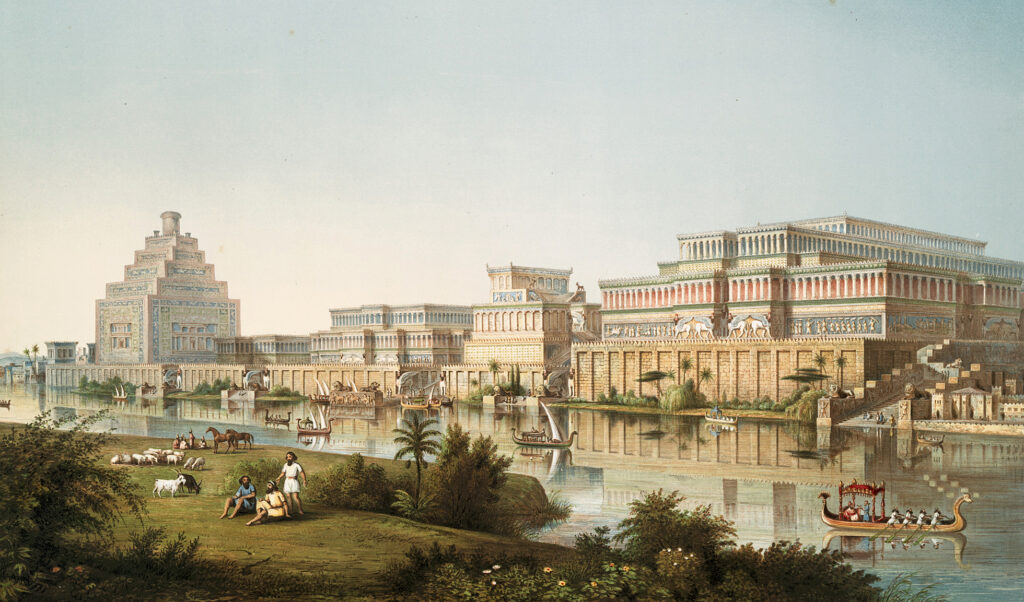
The palace at Nineveh was built as a testament to Ashurbanipal’s power and prestige. It was a vast complex, with numerous courtyards, chambers, and halls, all adorned with intricate reliefs that depicted scenes of military victories, hunting exploits, and divine favor. The palace was not just a royal residence, but also a center of government and a symbol of Assyrian might.
The reliefs in the palace were designed to impress and intimidate visitors, conveying messages of Assyrian power and supremacy. The scenes of military conquest and hunting prowess were intended to demonstrate the strength and skill of the Assyrian army and the king himself. The depictions of divine favor were meant to show that the king had the support of the gods and was therefore a legitimate ruler.

In addition to its political and military significance, the palace at Nineveh was also a center of art and culture. The reliefs that adorned its walls were created by skilled craftspeople, who used sophisticated carving techniques to create vivid and lifelike scenes. The palace was a showcase of their work, and its influence can be seen in the art and architecture of following civilizations, such as the Persians and the Greeks.
Ashurbanipal’s reign marked the high point of the Assyrian Empire, but it was also the beginning of its decline. After his death in 627 BCE, the empire was beset by internal strife and external threats, and it eventually fell to the Babylonians in 612 BCE. However, the legacy of Ashurbanipal and the Assyrian Empire lived on through the art and culture that they left behind, including the magnificent palace at Nineveh and the thousands of clay tablets in the Library of Ashurbanipal.

From Stone to Silicone first, then Silicon at the Harvard Museum of the Ancient Near East
Read more about the process of casting the replicas of the stele in silicone at HMANE–long before they were converted to silicon in the augmented and virtual reality experiences.
Process: Recreating the Scenes on the Stele
We collaborated closely with the museum team, including with Chief Curator Adam Aja and Senior Lecturer on Assyriology Gojko Barjamovic who co-authored the script. Our aim was to create an engaging narrative that would guide visitors through the palace while providing valuable insights into Assyrian culture and history.
To ensure historical accuracy, the museum team worked with experts in Assyriology, archaeomusicology, and ancient costumes. Assyriologist Shiyanthi Thavapalan provided insights on the colors used in the panels, while archaeomusicologist and composer Richard Dumbrill advised on the period music and soundscape. The character of Dan-Assur, the palace overseer and guide, was modeled after Donald Barkho, a specialist on ancient Assyrian costumes and weaponry and voiced by Shady H. Nasser, Associate Professor of Near Eastern Languages and Civilizations.
Researchers at Harvard colorized the reliefs and then animators Gene Hamm and Kyle McCluskey created animated versions in Cinema4D that were exported as video and imported to a custom Snapchat Lens as Remote Assets.

In the gallery, visitors can scan a Snapcode or check out an iPad from the front desk and point it at a stela to see the stela come to life with the animation video.
For those who are unable to make it into the gallery, the virtual tour provides the foundation for the museum to use its animation and story to reach an international audience. The same content is repurposed with Three.js and the virtual tour captured with a Matterport camera to tell the story of the exhibition. Visitors using the at-home virtual tour version engage in greater depth and for a much longer time than in the gallery.
From Stone to Silicone to Silicon: Reception and Impact
The reception of the Art of Intimidation exhibition has been overwhelmingly positive, with visitors excited to test the use of technology to enhance their understanding and appreciation of the ancient Assyrian palace reliefs. The virtual tour and augmented reality Snapchat lens have not only engaged visitors but also sparked conversations about the potential for future applications of launching the same content in both virtual and augmented reality in museums.
And personally, working on this project has been an informative learning experience to combine the virtual and augmented realms. It’s highlighted the importance of collaboration, historical accuracy, and user-centered design in creating authentic experiences that connect with their audiences.
The success of the project and exhibition has set somewhat of a model for new combined experiences in the museum and with the Matterport virtual tours or 3d scans of museums and cultural heritage sites for virtual travel generally, and I hope that we’re able to launch more similar projects with partners in the future.
—
That’s it for this week, readers! Let us know what you think about the tour or Snapchat lens by emailing us or tracking us down on social media. We’d love to hear from you.
Coming up soon, we’re partnering with VadisVR to head to ancient Israel! So check out VadisVR and their excellent virtual tours: https://www.vadisvr.com/ And keep an eye out for our collaboration coming to your inbox soon.



